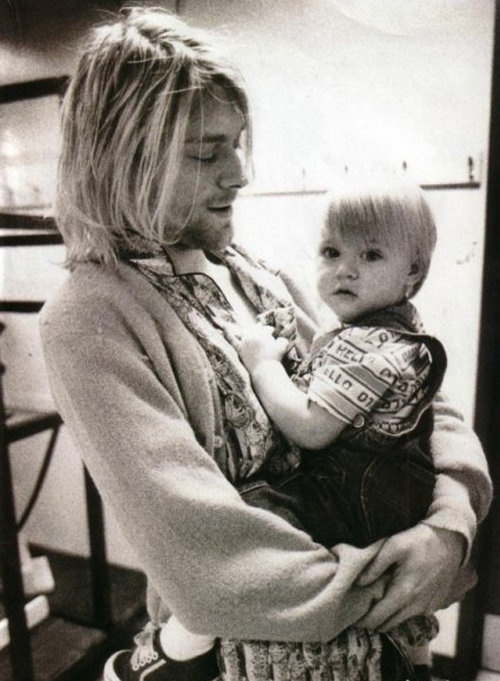The Last Temptation of Christ is a 1988 fictional drama film directed by Martin Scorsese. It is a film adaptation of the controversial 1953 novel of the same name by Nikos Kazantzakis. It stars Willem Dafoe as Jesus Christ, Harvey Keitel as Judas Iscariot, Barbara Hershey as Mary Magdalene, David Bowie as Pontius Pilate, and Harry Dean Stanton as Paul. The film was shot entirely in Morocco.
Martin Scorsese had wanted to make a film version of Jesus’ life since childhood. Scorsese optioned the novel The Last Temptation in the late 1970s, and he gave it to Paul Schrader to adapt. The Last Temptation was originally to be Scorsese’s follow-up to The King of Comedy; production was slated to begin in 1983 for Paramount, with a budget of about $14 million and shot on location in Israel. The original cast included Aidan Quinn as Jesus, Sting as Pontius Pilate, Ray Davies as Judas Iscariot, and Vanity as Mary Magdalene. Management at Paramount and its parent company, Gulf+Western grew uneasy due to the ballooning budget for the picture and protest letters received from religious groups. The project went into turnaround and was finally canceled in December 1983. Scorsese went on to make After Hours instead.
In 1986, Universal Studios became interested in the project. Scorsese offered to shoot the film in 58 days for $7 million, and Universal greenlighted the production. Critic and screenwriter Jay Cocks worked with Scorsese to revise Schrader’s script. Aidan Quinn passed on the role of Jesus, and Scorsese recast Willem Dafoe in the part. Sting also passed on the role of Pilate, with the role being recast with David Bowie. Principal photography began in October 1987. The location shoot in Morocco (a first for Scorsese) was difficult, and the difficulties were compounded by the hurried schedule. “We worked in a state of emergency,” Scorsese recalled. Scenes had to be improvised and worked out on the set with little deliberation, leading Scorsese to develop a minimalist aesthetic for the film. Shooting wrapped by December 25, 1987.
Like the novel, the film depicts the life of Jesus Christ and his struggle with various forms of temptation including fear, doubt, depression, reluctance and lust. This results in the book and film depicting Christ being tempted by imagining himself engaged in sexual activities, a notion that has caused outrage from some Christians. The movie includes a disclaimer explaining that it departs from the commonly accepted Biblical portrayal of Jesus’ life, and is not based on the Gospels.
Scorsese received an Academy Award nomination for Best Director, and Hershey’s performance as Mary Magdalene earned her a Golden Globe for Best Supporting Actress nomination, while Keitel’s performance as Judas Iscariot earned him a Golden Raspberry Award for Worst Supporting Actor nomination.
 Peter Gabriel’s Passion – Sources CD cover
Peter Gabriel’s Passion – Sources CD cover
The film’s musical soundtrack, composed by Peter Gabriel, received a Golden Globe Award nomination for Best Original Score – Motion Picture in 1988 and was released on CD with the title Passion: Music for The Last Temptation of Christ, which won a Grammy in 1990 for Best New Age Album. The film’s score itself helped to popularize world music. Gabriel subsequently compiled an album called Passion – Sources, including additional material by various musicians that inspired him in composing the soundtrack, or which he sampled for the soundtrack.



















 English pop star and pianist Elton John performs at the Dodger Stadium in Los Angeles, October 1975
English pop star and pianist Elton John performs at the Dodger Stadium in Los Angeles, October 1975





























































